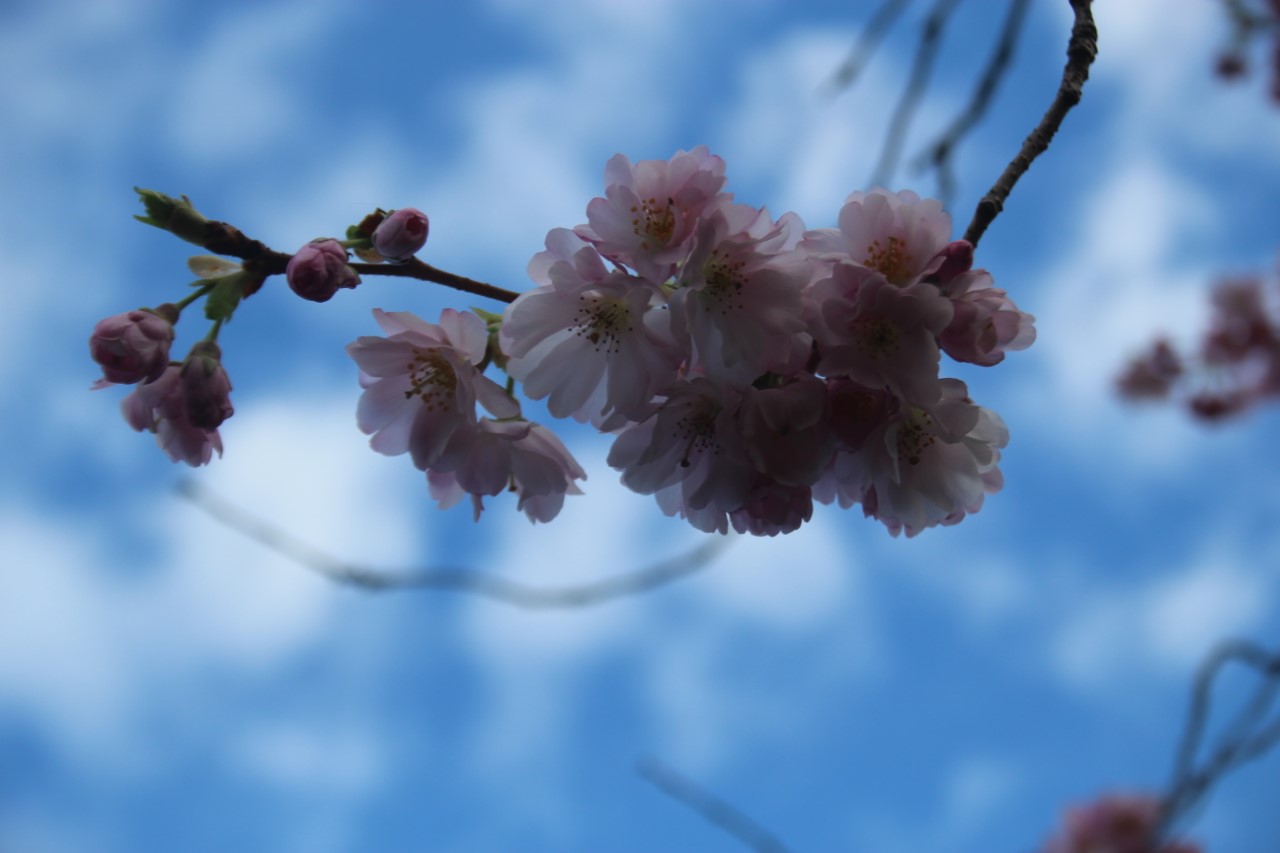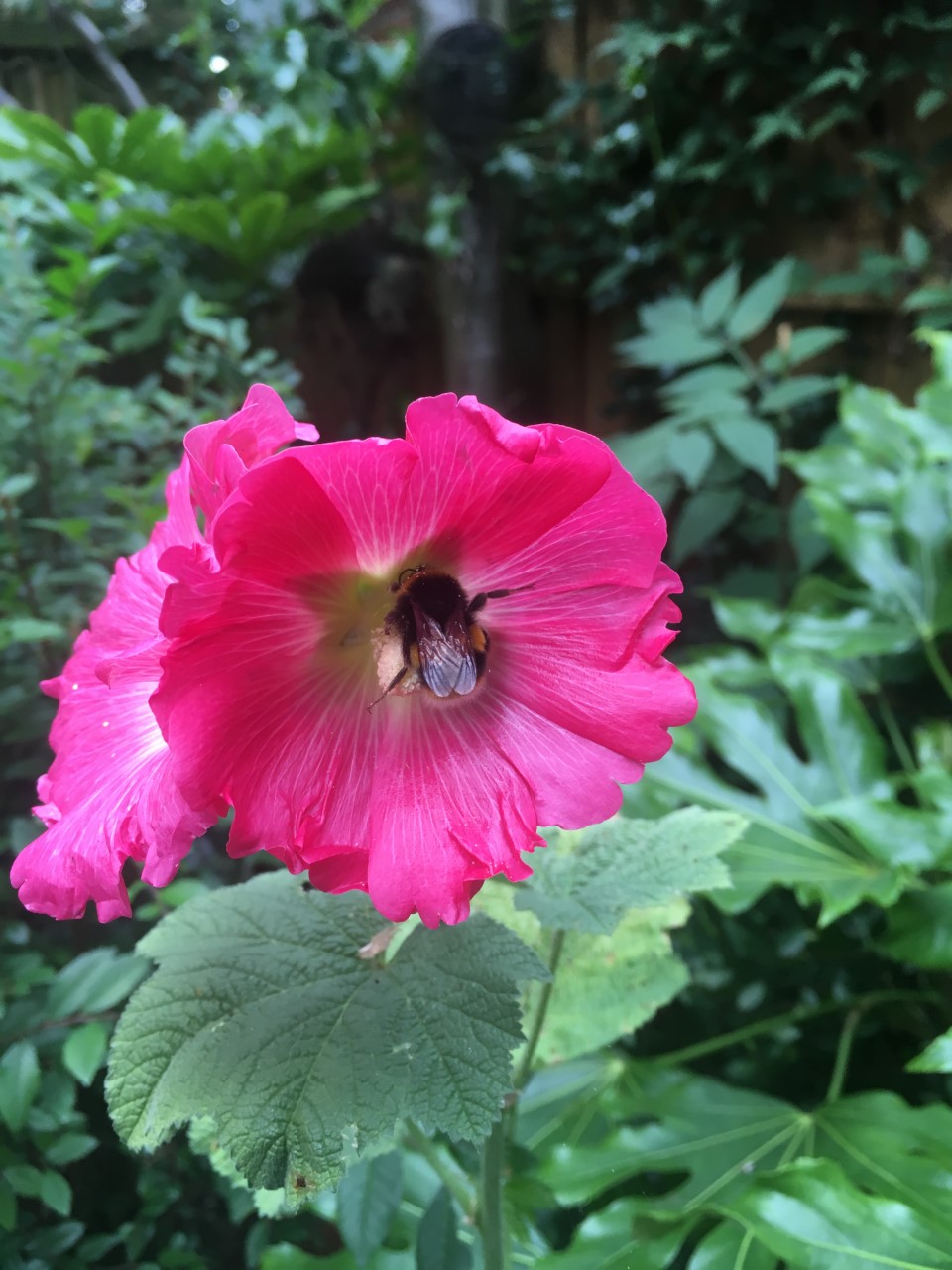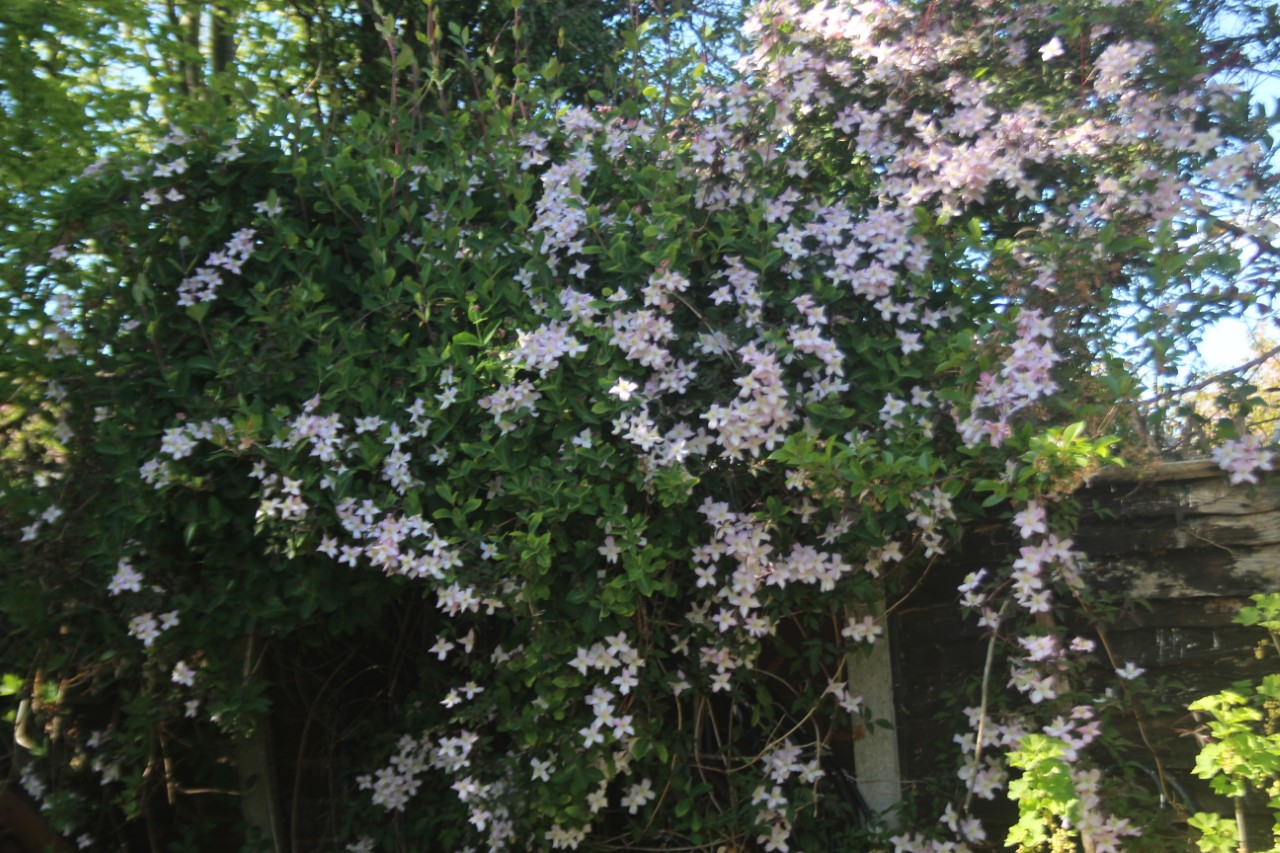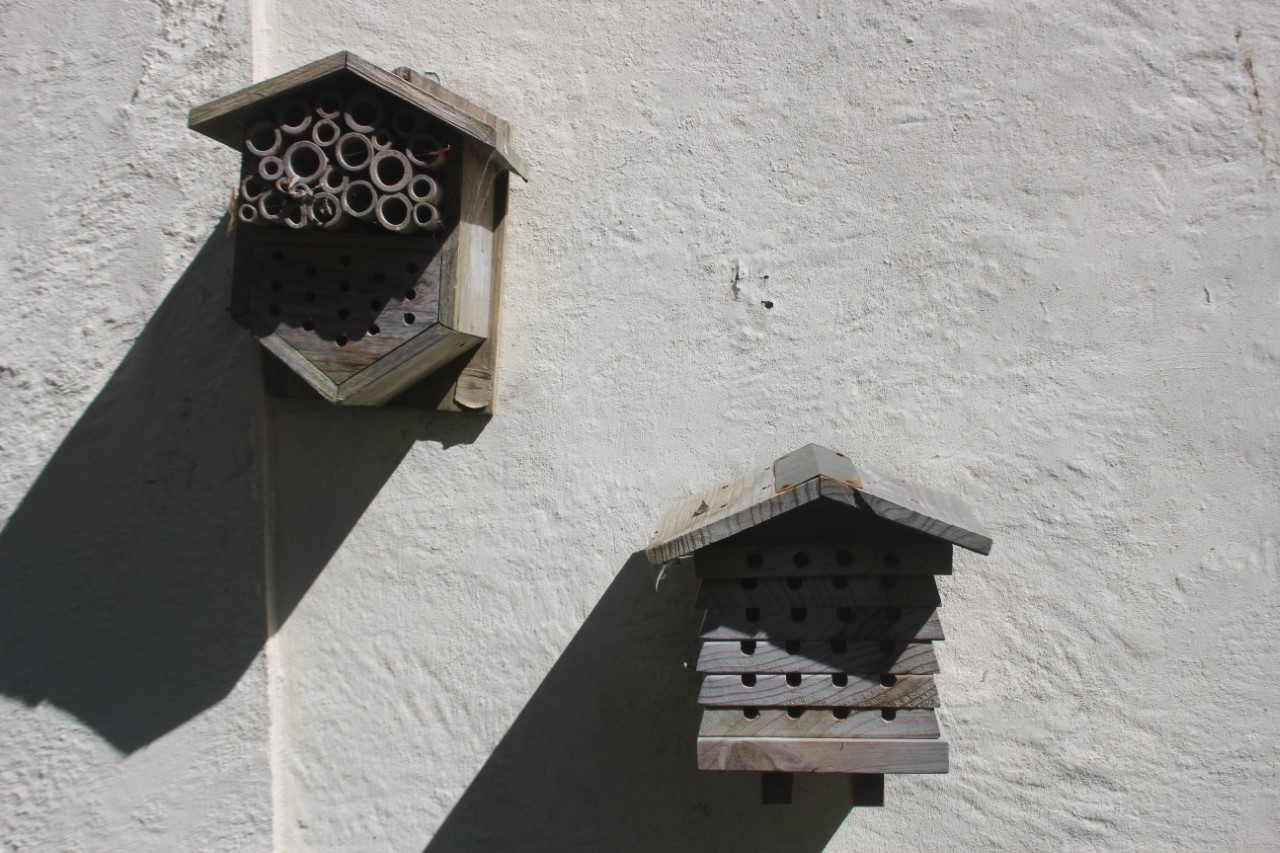Whilst we might all be sick of staying home by now, one silver lining of so many of us self isolating is seeing wildlife across the UK returning to areas some have never been spotted before. So, if you’re using this time to revamp your garden, here’s how to can make it a little more wildlife friendly.
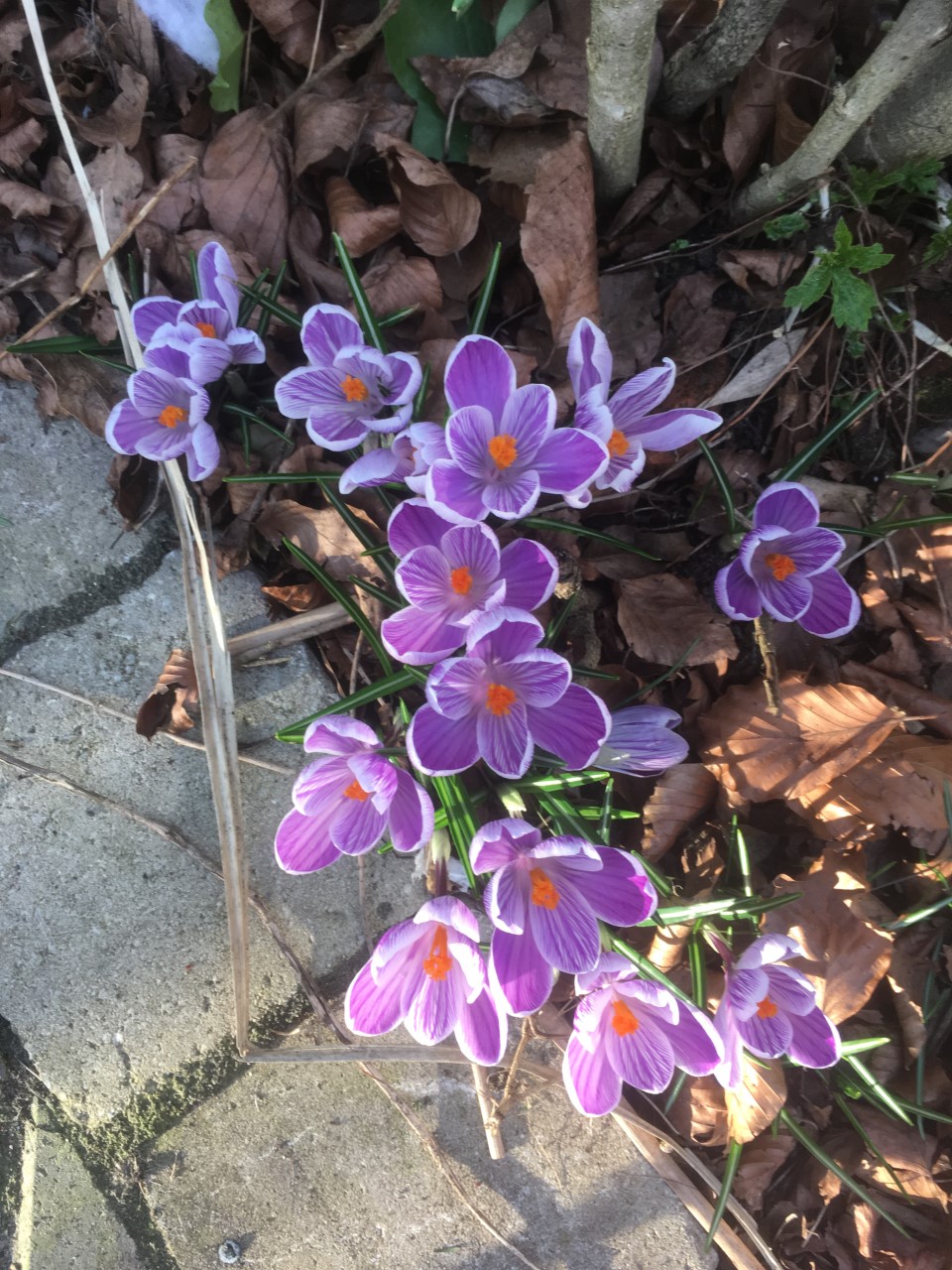
Planting for pollinators
Bees and many other pollinators are now in a serious decline and if this continues, mankind, along with many other creatures, will suffer. We can help them by growing pollinator friendly plants.
You don’t need a garden to help our pollinators, plants can be grown in a window box, or in pots on a balcony or terrace, and wildflower turf can be grown on the shed roofs or garages and outbuildings.
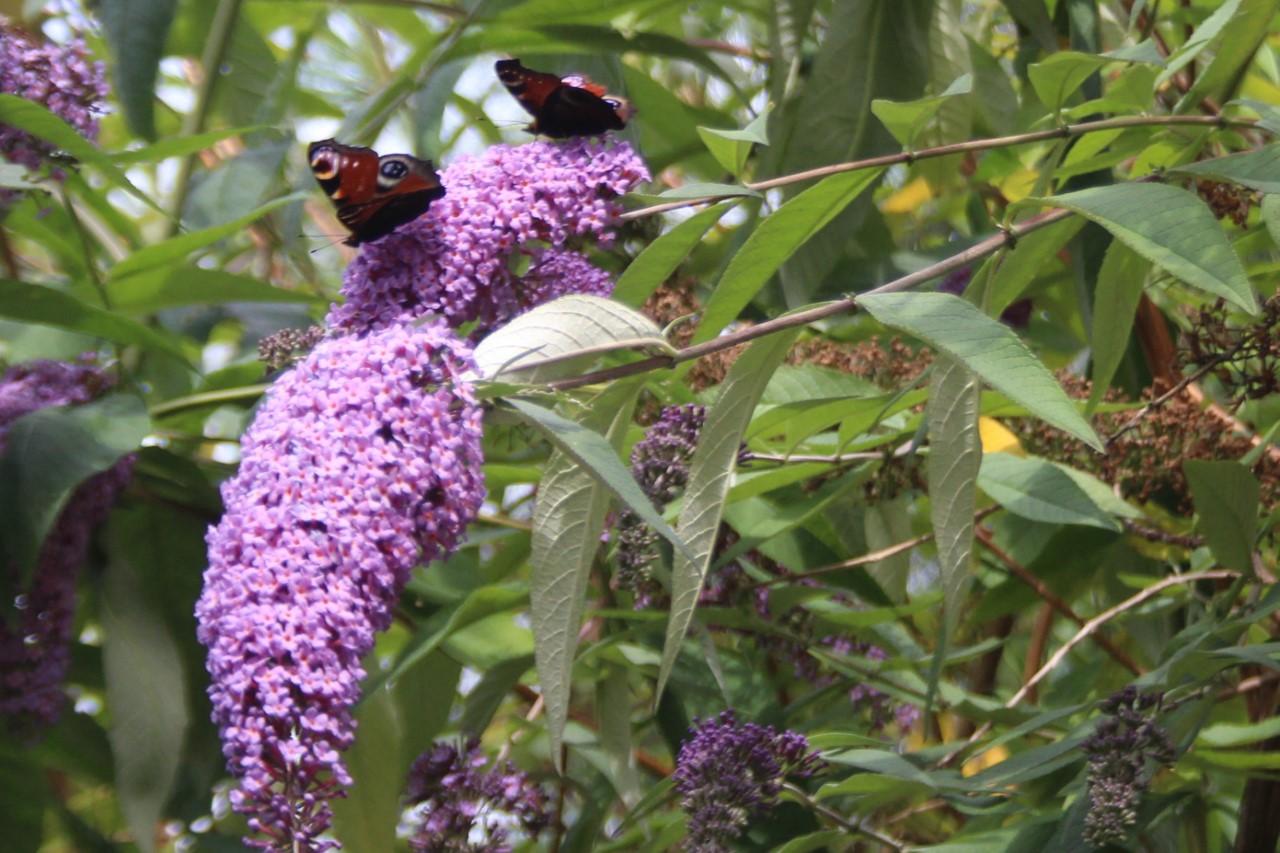
Butterflies and bees hibernate over winter, unless it’s really mild, and usually begin to forage early spring, so it’s important to have pollinator friendly plants flowering all year round. A bumblebee can only fly for about forty minutes while searching for food, so the more we plant, the easier it is for them.
Here are some well loved, easy to grow plants for each season.
Pollinator friendly plants for Spring
- Crocus
- Primrose
- Single snowdrops
- Fruit blossom such as pear, plum, cherry, and apple blossom.
Pollinator friendly plants for Summer
- Borage
- Geraniums
- Grape hyacint
- Aquilegia
- Angelica
- Catmint
- Honeysuckle
- Salvias
- Sage
- Thyme
Pollinator friendly plants for Autumn
- Buddleia
- Dahlias
- Lavender
- Seedum
- Sunflowers
- Aster
- Echinacea
- Rubbeckia
Pollinator friendly plants for Winter
- Winter aconites
- Viburnum
- Lonicera
- Winter flowering mahonia
- Ivy
- Holly
Always remember to leave a few nettles for the butterflies and sow a mixed packet of British wildflower seeds, and you can get them free here.
Many plants, especially annual summer bedding, are utterly sterile and are of no benefit to pollinators. You will always know which plants are providing a food source as they will be teeming with bees and butterflies.
How to encourage hedgehogs into the garden
Hedgehogs are another one of Britain’s many native species that are on the decline, but there are things you can do to encourage hedgehogs to visit your garden.
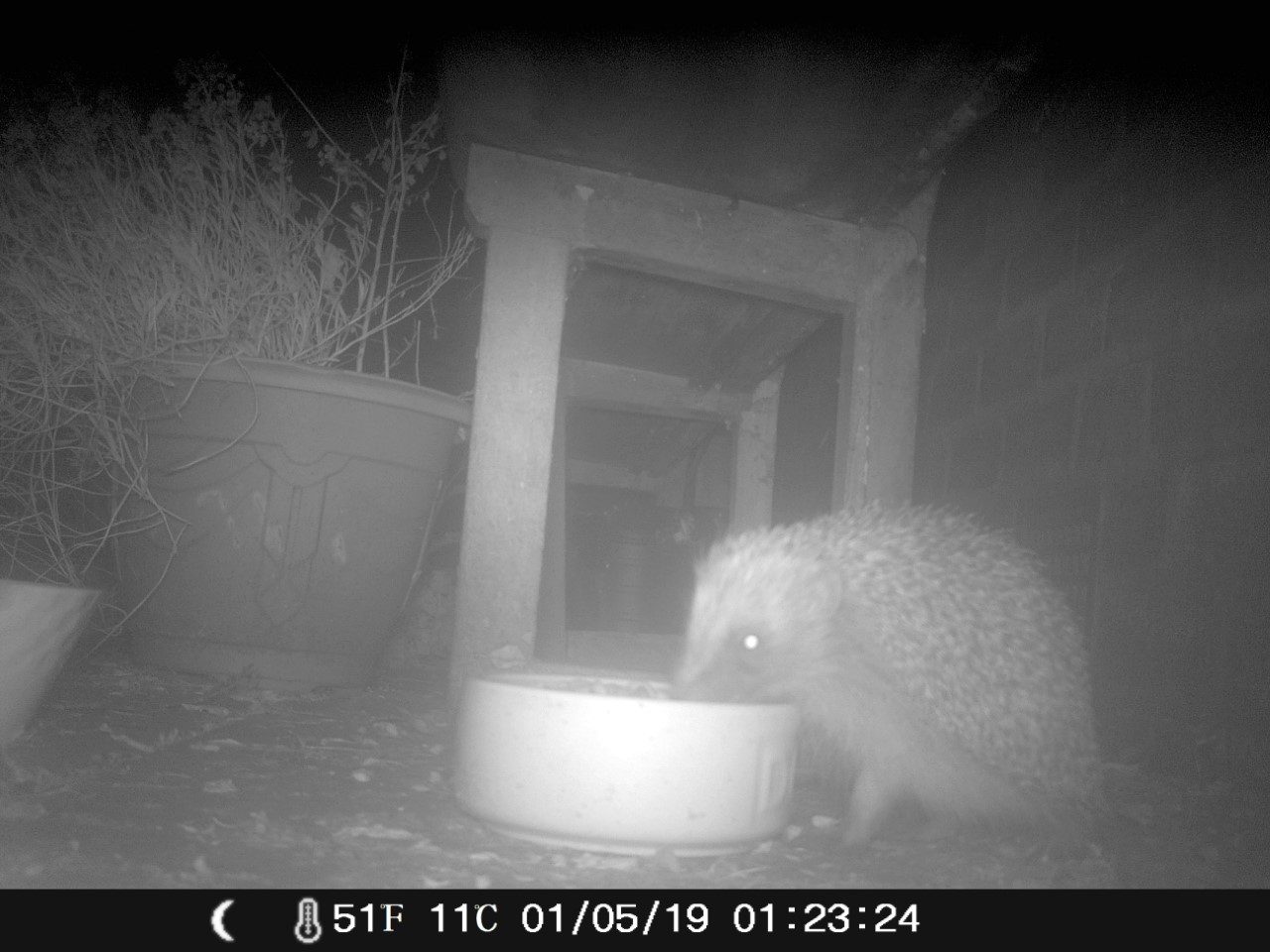
Harsh chemicals, pesticides and slug pellets are lethal to hedgehogs, so it’s better to avoid them altogether. Slugs eat the pellets, and then the hedgehogs eat the slugs, resulting in a painful, prolonged death. Companion planting, where one plant deters the pests of another is a suitable alternative.
Shrubs and hedging provide the perfect habitat for hedgehogs, especially during hibernation. Leaf mounds under hedges and bushes are also useful as they provide extra warmth and protection.
Cut a small hole in party fences to allow hedgehogs to expand their territory, by moving freely from one garden to another. Alliances between neighbours can create diverse hunting grounds for hedgehogs.
Build a hedgehog house, anything waterproof with a small entrance will do, and place it in a secure, sheltered area, ideally beneath a hedge.
If you would like to feed hedgehogs, leave water and dried cat or dog biscuits out for them. Never give them milk as they are lactose intolerant. Also, they won’t eat fish flavoured food.
How to encourage birds, and small mammals into the garden
Provide birds with food and water throughout the year. Always hang feeders in open, sheltered spaces away from fences so cats can’t stalk them.
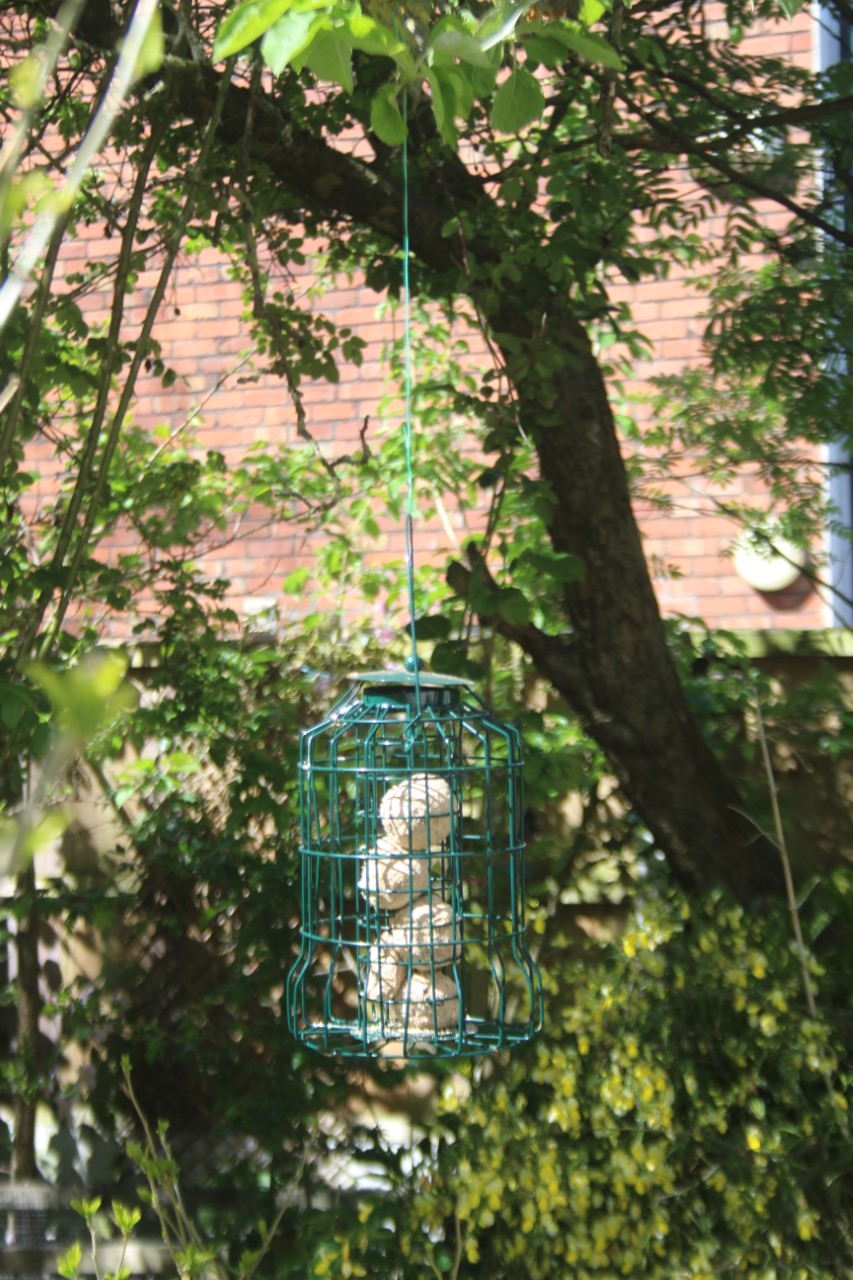
Install a bird bath enabling birds to keep their feathers in pristine condition. Change the water regularly and keep birdbath clean.
Erect bird boxes, try to place them where cats and other predators can’t access them, on trees.
Be extra vigilant when fledglings are on the ground. Keep pets indoors during these periods.
Ivy and climbing vines are ideal nesting sites for small garden birds.
Birds need to access worms and other insects that can be found in lawns. Grassy areas also reduce the risk of flooding. Over-tidy gardens that are flagged or decked provide little habitat for wildlife.
Always leave seed heads on plants for birds during Autumn and Winter. Also leave fallen fruit, berries and nuts.
If you are thinking of planting a hedge, hawthorn, rowan and holly are ideal as they provide winter berries and also places for nesting birds in the Spring.
How to encourage frogs into your garden
By creating a pond, you will attract a wide range of diverse wildlife. Always remember that small mammals will drown if they fall in and can’t climb out. If you can’t install a pond with an inbuilt amphibian ledge, allowing creatures to climb out, always put a branch or plank in the pond to prevent drownings.
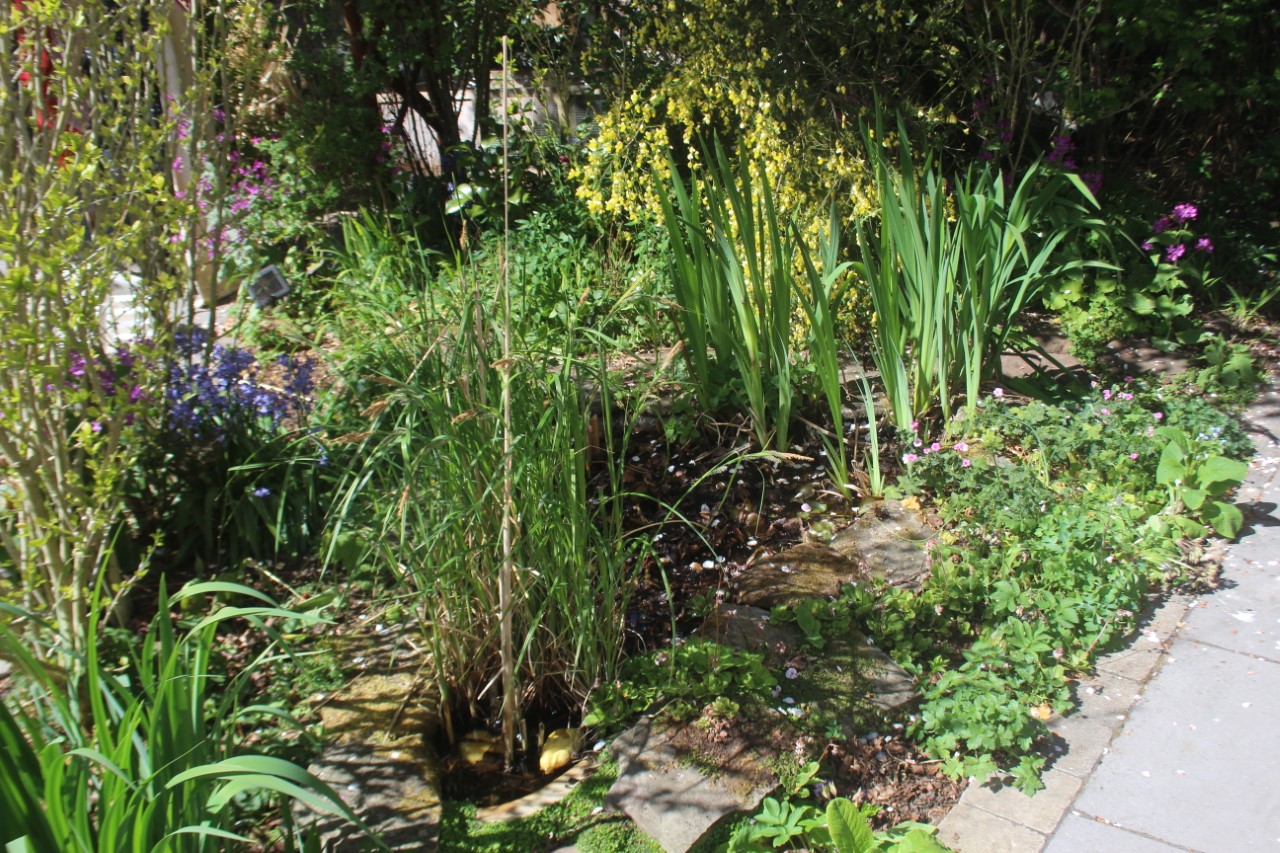
Never allow a pond to freeze over winter. To avoid freezing, place a ball or football in the water each evening and remove each morning.
No pond is ever too small, even a sunken bin lid attracts a variety of wildlife and can make the difference between life and death for many creatures.
Water plants will aerate a pond and provide cover for frogs, tadpoles and other water species.
Other wildlife friendly garden projects
As a fun outdoor activity to do with the kids, why not build bug hotels, for solitary bees, wasps and a variety of other insects. Bugs hotels are so easy to make, just fill a wooden boxes with layers of pine cones, straw, twigs…in fact, any natural objects you can find.
A log pile, a few logs, or a large bunch of twigs will attract a a variety of insects to your garden and provide a safe haven for over-wintering butterflies and moths to hibernate. Leave stumps and large branches of trees to rot down…insect heaven!
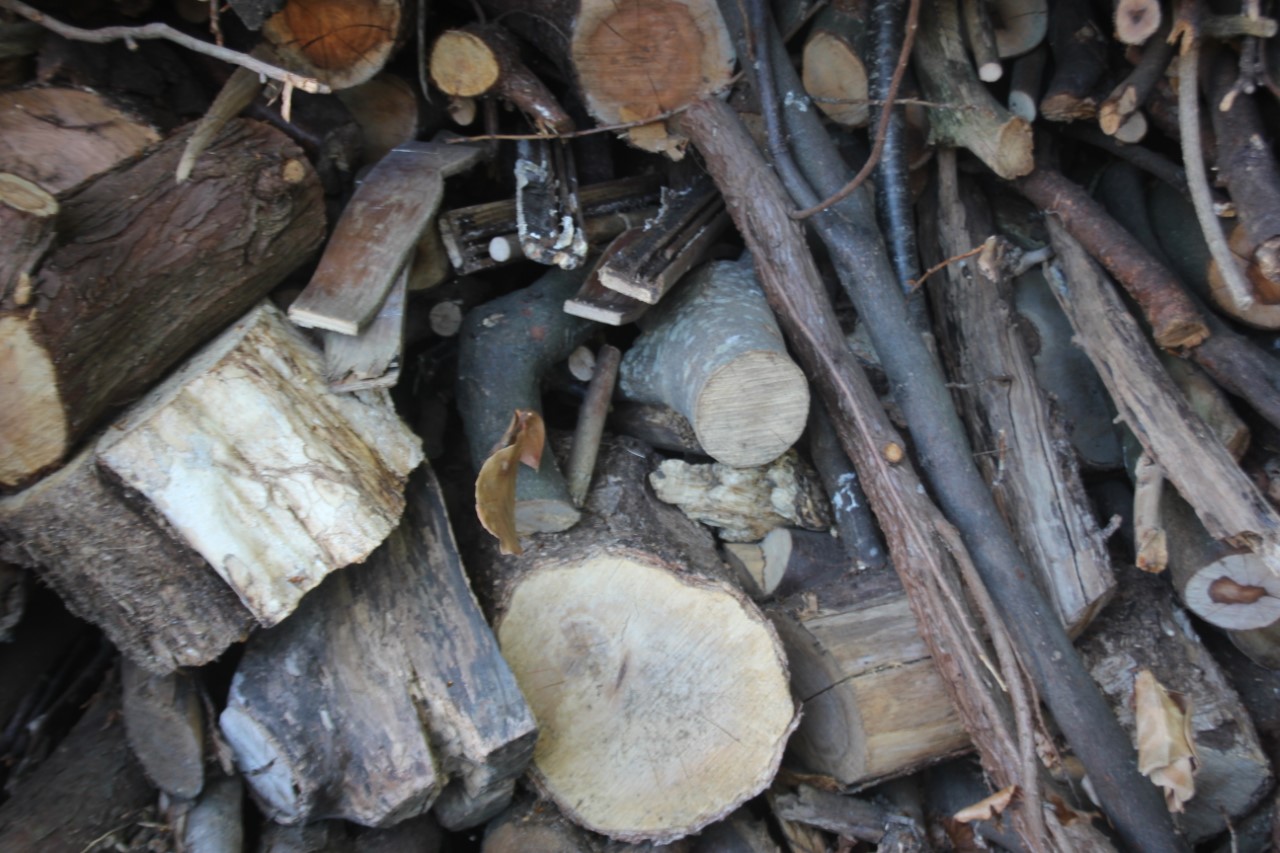
And finally, always remember to:
Always check compost heaps for hedgehogs, bee’s nests and other creatures before disrupting. Compost heaps, log piles, leaf litter and bark mulches that are allowed to rot and decay provide food and homes for many creatures.
Provide fresh water for small mammals, especially during dry spells. Use a dish or shallow saucer filled with beads, pebbles or small stones and water for the pollinators to land and drink safely.
Keep your garden free from litter, especially cans, plastic, broken glass and torn netting.
Remember, the greater the diversity, the more wildlife you will attract! You don’t have to do all of these things, just make one little change in your garden, the wildlife will love you for it.

When it comes to anything to do with gardens and wildlife, Dina is your woman. From growing your own veg to making your garden the perfect haven for UK wildlife, follow Dina’s top tips.
